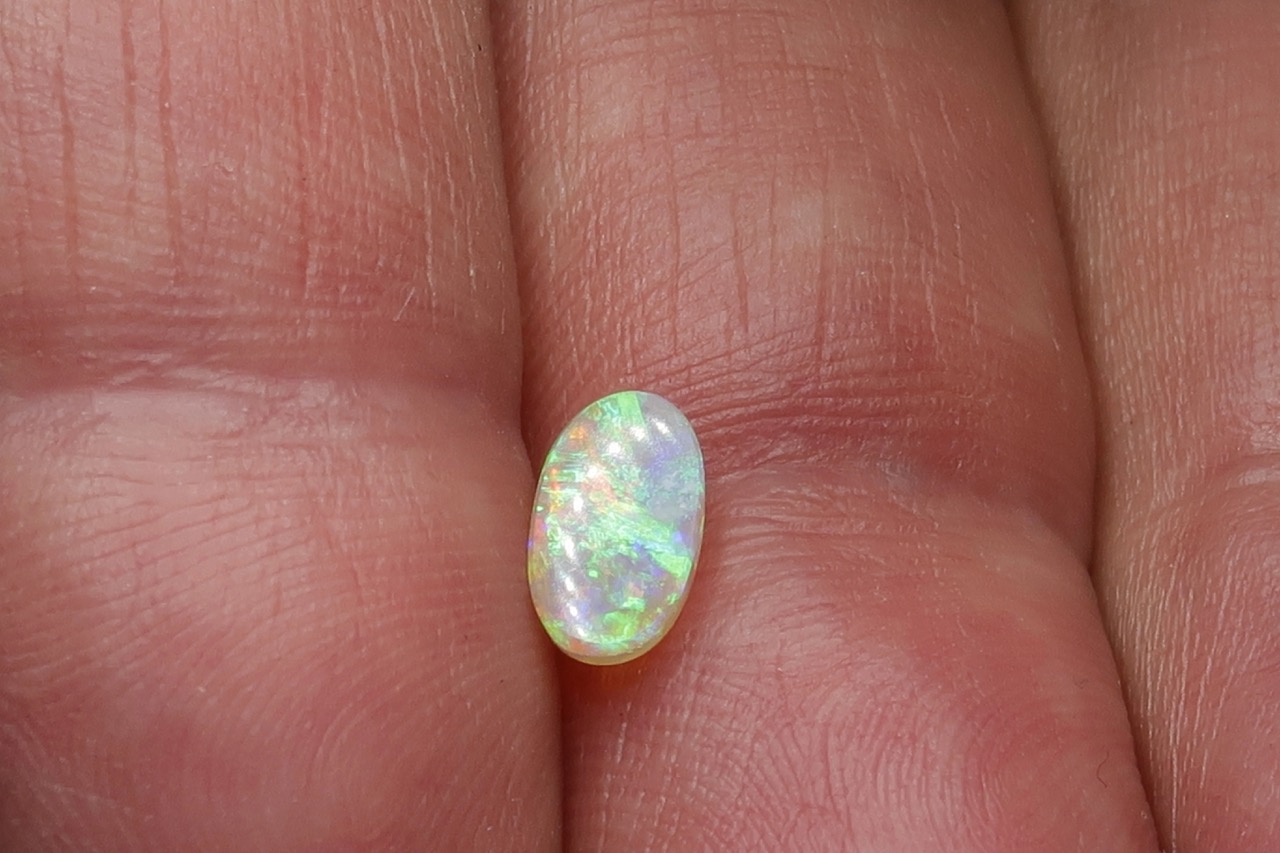

Articles
How To Store Opal
Modified: March 2, 2024
Learn the best techniques and tips for storing opal articles to preserve their beauty and quality. Find out how to protect your opal jewelry and stones.
(Many of the links in this article redirect to a specific reviewed product. Your purchase of these products through affiliate links helps to generate commission for Storables.com, at no extra cost. Learn more)
Introduction
Welcome to the fascinating world of opals! Known for their mesmerizing play of colors and unique beauty, opals are a popular gemstone choice for jewelry enthusiasts and collectors alike. Whether you have just acquired a stunning opal piece or are looking for ways to properly store your existing opal collection, this article will guide you through the best practices of opal storage.
Opals are composed of hydrated silicon dioxide and are formed from a combination of water and silica. This unique composition gives opals their characteristic iridescence and color variations, making them truly captivating gemstones. However, it is important to note that opals are relatively delicate compared to other gemstones, and require special care to ensure their longevity and preserve their beauty.
Proper storage is crucial for opals to maintain their brilliance and prevent any damage or deterioration. Factors such as temperature, humidity, exposure to light, and contact with chemicals can all significantly impact the quality and appearance of opals over time. By understanding these factors and implementing the right storage techniques, you can ensure that your opals remain in pristine condition for years to come.
In the following sections, we will explore the various factors that can affect opal storage, including choosing the right storage container, preparing opals for storage, maintaining optimal temperature and humidity conditions, avoiding exposure to light, protecting opals from chemicals and harsh environments, proper handling and cleaning techniques, and regularly checking opals for any signs of damage or deterioration.
So, if you want to learn how to store your opals and keep them safe and beautiful, let’s dive deeper into the world of opal storage!
Key Takeaways:
- Preserve the mesmerizing beauty of opals by storing them in a cool, dark environment, away from harsh elements. Individual wrapping, proper handling, and regular inspection ensure their longevity and captivating play of colors.
- Protect opals from temperature fluctuations, light exposure, and chemicals to maintain their inherent beauty. Choose the right storage container, handle and clean opals gently, and monitor their condition for lasting enchantment.
Read more: How To Store Rough Opal
Understanding Opal
Before diving into the specifics of opal storage, it’s important to have a basic understanding of this captivating gemstone. Opals are formed when water seeps into the cracks and cavities of rocks, depositing silica over time. The unique arrangement of silica spheres in opals diffracts light, creating a stunning play of colors known as “opal fire.”
The quality and appearance of opals can vary greatly, depending on factors such as color, transparency, pattern, and size. Opals come in a range of colors including white, black, blue, green, and even fire opals that display vibrant reds, oranges, and yellows. The most desired opals exhibit a vibrant play of colors across the entire gemstone surface.
Opals are relatively soft compared to other gemstones, ranking between 5.5 and 6.5 on the Mohs scale of hardness. This means they are more prone to scratching, chipping, and cracking, making them more susceptible to damage during storage.
Opals also have high water content, which makes them sensitive to changes in temperature and humidity. Excessive heat or dryness can cause opals to dehydrate and crack, while excessive moisture can lead to discoloration and the formation of cracks. Therefore, proper storage conditions are crucial to maintaining the integrity and beauty of opal gemstones.
It’s important to note that opals can be highly valued and can appreciate in value over time, especially if they possess exceptional colors and patterns. Taking the necessary measures to store opals correctly not only ensures their physical preservation but also helps maintain their potential value.
Now that we have a better understanding of opals, let’s explore the key factors that can affect opal storage and learn how to protect these delicate gemstones for years to come.
Factors Affecting Opal Storage
When it comes to storing opals, several factors can significantly impact their condition and overall longevity. It is crucial to consider these factors to ensure that your opals remain beautiful and protected. Let’s explore the key factors that can affect opal storage:
- Temperature and Humidity: Opals are sensitive to changes in temperature and humidity. Extreme heat or cold can cause opals to crack or lose their luster. It is important to store opals in a cool, dry place with consistent temperature and humidity levels. Ideal temperature ranges from around 50 to 75 degrees Fahrenheit (10 to 24 degrees Celsius), and humidity should be between 30% and 50%. Avoid storing opals in areas like attics, basements, or near heating vents where temperature and humidity fluctuations are common.
- Light Exposure: Opals are photosensitive and can become faded or lose their play of colors when exposed to prolonged sunlight or artificial light. Ultraviolet (UV) rays can be particularly damaging to opals. To protect opals from light exposure, store them in a dark place or use protective boxes that block UV rays. When wearing opal jewelry, consider removing it before engaging in activities that expose it to excessive light.
- Chemical Exposure: Opals are vulnerable to chemicals, including household cleaning agents, perfumes, lotions, and hairsprays. These substances can damage the delicate surface of opals and cause discoloration. Avoid exposing opals to chemicals and remove any opal jewelry before using cleaning products or engaging in activities that involve contact with substances that may contain chemicals.
- Physical Impact: Opals are relatively soft compared to other gemstones, making them more susceptible to scratches, chips, and cracks. To avoid physical damage during storage, it is recommended to store opals in separate compartments of a jewelry box or wrap them individually in soft cloth or tissue paper. This prevents them from coming into contact with harder gemstones or metal that may cause abrasions.
- Airflow: Proper airflow is essential to prevent moisture buildup and protect opals from excessive humidity. Ensure that the storage area has adequate ventilation to maintain a healthy airflow around the opals. However, avoid placing opals in direct contact with blowing air from fans or air conditioning vents, as this can lead to rapid temperature and humidity changes.
- Security: Opals are valuable gemstones and must be stored securely to prevent loss or theft. Consider investing in a locked jewelry box or safe to keep your opals and other precious items safe and protected.
By taking into account these factors and implementing the necessary precautions, you can ensure the optimal storage conditions for your opals and preserve their beauty and value for years to come.
Choosing the Right Storage Container
When it comes to storing opals, selecting the appropriate storage container is essential to ensure their proper protection and preservation. Here are some key considerations to keep in mind when choosing the right storage container for your opals:
- Absence of Chemicals: Select a storage container that is free from any chemicals or materials that can potentially harm opals. Avoid containers made of plastic, as they can emit harmful chemicals that may react with and damage the gemstones. Instead, opt for containers made of materials such as glass, ceramic, or wood, which are inert and safe for opal storage.
- Cushioning and Separation: Look for a storage container that provides cushioning and has separate compartments or dividers to prevent opals from coming into contact with each other or with other gemstones or jewelry pieces. This helps to minimize the risk of scratches, chips, or any potential damage during storage.
- Light Protection: Choose a storage container that offers protection against light exposure. Look for containers that have a dark or opaque exterior, as this helps to block out UV rays and prevent light-induced fading or discoloration of opals. Additionally, consider using a container with a lid or cover that can further shield the opals from light.
- Size and Capacity: Ensure that the storage container is appropriately sized to accommodate your opals. Avoid overcrowding the container, as this can increase the risk of accidental damage. Each opal should have enough space to be stored individually, either in separate compartments or wrapped individually in soft cloth or tissue paper.
- Secure Closure: Look for a storage container with a secure and tight closure mechanism. This helps to prevent dust, moisture, and air from entering the container, ensuring that your opals are protected and maintain their optimal condition over time. Consider containers with a latch, snap closure, or a lid that tightly seals the container.
- Portable and Convenient: If you plan to transport or travel with your opals, consider a storage container that is portable and convenient to carry. Look for options that are lightweight, compact, and offer easy handling and transportation, such as small jewelry travel cases or pouches.
Remember to label the storage container with the contents, especially if you have multiple opals stored in different containers. This makes it easier to locate and identify specific opals without having to open every container.
By carefully selecting the right storage container for your opals, you can provide them with the necessary protection against potential damage and ensure their longevity and beauty for years to come.
Preparing Opal for Storage
Before storing your opals, it is important to take certain steps to prepare them for storage. Proper preparation ensures that the gemstones are in the best possible condition and helps prevent any potential damage during the storage period. Here are some guidelines to follow when preparing opals for storage:
- Clean Opals: Before storing opals, make sure they are properly cleaned. Use a soft, lint-free cloth or a mild soap solution to gently clean the surface of the opals. Avoid using harsh chemicals, abrasive cleaners, or brushes, as they can scratch or damage the delicate surface of the gemstones. Always remember to dry the opals thoroughly before storing them.
- Inspect for Damage: Take a close look at each opal and inspect it for any signs of damage, such as cracks, chips, or loose settings. If you notice any issues, it is advisable to have the opal repaired by a professional jeweler before storing it. This ensures that any existing damage is addressed to prevent further deterioration during storage.
- Remove Jewelry: If the opals are part of a piece of jewelry, such as a ring or pendant, consider removing them from the setting before storage. This reduces the risk of damage to the opal caused by the metal setting or other gemstones in the jewelry piece. However, if removing the opal is not possible or practical, ensure that the entire piece is adequately protected during storage.
- Individual Wrapping: To prevent opals from scratching or coming into contact with other gemstones or metal, wrap each opal individually in a soft cloth or tissue paper. This provides a cushioning effect and helps maintain the integrity of the opals during storage. Avoid using plastic wraps or bags, as they can trap moisture and potentially damage the opals.
- Place in a Protective Container: After wrapping each opal individually, place them in a suitable storage container that meets the criteria mentioned earlier. Ensure that the opals are separated from each other and that the container offers adequate protection against light, dust, and moisture. It is recommended to include a humidity-control pack or a small pouch of silica gel in the container to help absorb excess moisture.
- Label and Document: Maintain a record or inventory of the opals you have stored, including any relevant details such as purchase date, origin, or any known characteristics. Label the storage container with the opal’s details to easily identify the gemstones without having to unwrap each one.
By following these preparation steps, you can ensure that your opals are properly cleaned, inspected, and protected, minimizing the risk of damage during storage. This preparation not only helps to preserve the overall condition of the opals but also makes it easier to access and enjoy them in the future.
Read more: What Is Opal Glass
Proper Temperature and Humidity Conditions
Proper temperature and humidity conditions are crucial for maintaining the integrity and beauty of opal gemstones during storage. Fluctuations in temperature and humidity can cause opals to crack, lose their luster, or even develop internal fractures. To ensure optimal storage conditions, consider the following guidelines:
- Temperature: Opals are sensitive to extreme temperature changes. It is best to store them in a cool environment, away from direct sunlight and heat sources. Ideally, the temperature should range between 50 to 75 degrees Fahrenheit (10 to 24 degrees Celsius). Avoid storing opals in areas prone to temperature fluctuations, such as basements, attics, or rooms with poor insulation.
- Humidity: Moisture can have a significant impact on opals, leading to discoloration, cracks, or cloudiness. Aim for a humidity level of 30% to 50% to prevent any moisture-related issues. Avoid storing opals in areas with high humidity, such as bathrooms or kitchens. If you live in an exceptionally dry or humid climate, consider using a dehumidifier or humidifier to regulate the humidity in the storage area.
- Avoid Drastic Changes: Sudden temperature and humidity fluctuations can be detrimental to opals. Avoid exposing them to rapid changes in environmental conditions, as this can cause stress and potential damage. For example, taking opals from a cold environment and immediately placing them in a warm and humid environment can lead to condensation on the gemstone surface, potentially causing damage.
- Store Away from Appliances: Keep opals away from appliances that emit heat and moisture, such as radiators, ovens, or dishwashers. These appliances can create localized high temperature and humidity levels that may harm the opals.
- Use Humidity-Control Packs: To help maintain stable humidity levels, you can place humidity-control packs or small pouches of silica gel in the opal storage container. These packs absorb excess moisture and help regulate the humidity inside the container. Ensure that the packs are regularly checked and replaced as needed.
- Monitor Conditions: Consider using a hygrometer to monitor the temperature and humidity levels in the storage area. This allows you to spot any significant fluctuations and take immediate action to rectify the situation. Regularly check the condition of the opals and address any issues promptly.
By ensuring the proper temperature and humidity conditions for your opals, you can minimize the risk of damage and maintain the gemstones’ vibrant colors and overall quality. A controlled environment helps to preserve the opals’ structural integrity and luster, ensuring they remain exquisite for many years to come.
Store opal in a soft cloth or jewelry pouch to prevent scratching. Avoid exposing opal to extreme temperature changes or harsh chemicals. Keep it away from direct sunlight to prevent fading.
Avoiding Exposure to Light
When it comes to storing opals, protecting them from prolonged exposure to light is crucial for preserving their vibrant colors and preventing any potential damage. Light, especially ultraviolet (UV) rays, can cause opals to fade, lose their play of colors, and even become brittle over time. To safeguard your opals from light exposure, consider the following guidelines:
- Store in a Dark Place: Choose a storage location for your opals that is away from direct sunlight and artificial light sources. Sunlight and intense lighting can be particularly damaging to opals. Look for a dark and enclosed area, such as a drawer or a jewelry box with a cover, to shield the opals from unnecessary light exposure.
- Use Protective Boxes or Pouches: If you don’t have a suitable dark storage area, consider using protective boxes or pouches specifically designed for opal storage. These containers are made of materials that block out light and UV rays, providing an extra layer of protection for your opals.
- Wrap Opals Individually: When storing opals, wrap each gemstone individually in a soft cloth or tissue paper to provide additional protection against light. This helps to reduce the risk of opals coming into contact with each other or with other gemstones, which can cause scratches or damage.
- Avoid Display for Prolonged Periods: While it may be tempting to showcase your opal jewelry, prolonged display in direct light, such as in a jewelry case or on a windowsill, should be avoided. Opt for shorter display durations and make sure to keep the opals away from direct sunlight and bright artificial lighting.
- Choose Safe Jewelry Display Options: If you do choose to display your opal jewelry, opt for display cases or stands that are designed to minimize light exposure. Look for cases with UV-resistant glass or acrylic covers that effectively filter out harmful UV rays while still allowing for an attractive display.
- Wear with Care: When wearing opal jewelry, take care to minimize its exposure to direct sunlight and harsh lighting. Remove your opals before engaging in activities that may subject them to prolonged light exposure. This includes tanning beds, swimming pools, or outdoor activities on sunny days.
By taking precautions to avoid excessive light exposure, you can ensure that your opals retain their captivating play of colors and overall beauty. Keeping opals in a dark and protected environment helps to preserve their unique characteristics and ensures that they can be cherished and admired for years to come.
Protecting Opal from Chemicals and Harsh Environments
Opals are delicate gemstones that require special care and attention, especially when it comes to protecting them from exposure to chemicals and harsh environments. Chemicals can react with opals, causing damage, discoloration, or even erosion of the gemstone’s surface. To keep your opals safe, consider the following guidelines:
- Avoid Direct Contact: Take care to avoid direct contact between your opals and common household chemicals such as cleaners, detergents, perfumes, lotions, hairsprays, and even some cosmetics. These substances contain potentially harmful chemicals that can damage the opal’s surface and affect its appearance.
- Remove Opals before Activities: Before engaging in activities such as cleaning with chemicals, gardening, or any manual work involving exposure to potentially harmful substances, it is best to remove your opal jewelry. This helps minimize the risk of accidental contact with chemicals or harsh environments.
- Store Opals Separately: When storing opals, it’s essential to keep them separate from other gemstones or jewelry pieces that may contain chemicals. Store each opal individually in a soft cloth or tissue paper to prevent contact and potential chemical reactions between different gemstones.
- Handle Opals with Clean Hands: Before handling your opals, ensure that your hands are clean and free from any chemicals or residues. This helps prevent the transfer of harmful substances onto the opal’s surface, which could lead to damage over time.
- Protect Opals during Cleaning: When it comes to cleaning opals, avoid using harsh chemicals or abrasive materials. Instead, use a mild soap solution and a soft cloth or brush specifically designed for delicate gemstones. Gently rinse and pat dry the opals to remove any residues or soap film.
- Avoid Exposure to Harsh Environments: Opals are vulnerable to extreme temperatures, high humidity levels, and rapid environmental changes. It is important to keep opals away from locations such as saunas, steam rooms, and extreme weather conditions, as these can impact the gemstone’s stability and appearance.
- Professional Cleaning and Maintenance: For valuable or particularly delicate opals, consider having them professionally cleaned and inspected periodically. Jewelers with expertise in dealing with opals can safely clean and assess the condition of the gemstones, ensuring their long-term beauty and durability.
By taking precautions to protect your opals from exposure to chemicals and harsh environments, you can help preserve their natural beauty and ensure their longevity. Regular cleaning and proper maintenance play a vital role in maintaining the opals’ brilliance and keeping them in pristine condition for generations to come.
Handling and Cleaning Opal
When it comes to handling and cleaning opals, it’s important to exercise caution and use gentle methods to avoid causing damage or compromising the gemstone’s natural beauty. Opals are relatively soft and sensitive, so following these guidelines will help preserve their integrity:
- Handle Opals with Clean Hands: Before handling opals, wash your hands thoroughly to remove dirt, oils, and any potential chemicals that may transfer onto the gemstone’s surface. This helps prevent the accumulation of residues and keeps the opal clean.
- Avoid Impact and Pressure: Opals are relatively fragile compared to other gemstones. Avoid subjecting them to heavy impact or pressure, as this can cause chipping, cracking, or even breakage. Always handle opals with care and avoid dropping them or knocking them against hard surfaces.
- Remove Opals before Physical Activities: To prevent damage, remove opal jewelry before engaging in physical activities such as sports, exercise, or heavy lifting. These activities can increase the risk of accidentally hitting or damaging the opals.
- Clean Opals Gently: When cleaning opals, use a soft, lint-free cloth or a brush with soft bristles to gently wipe away any dirt or debris. Avoid using abrasive materials or harsh chemicals that may scratch or damage the opal’s surface. If necessary, use a mild soap solution and gently rinse the opal under lukewarm water before patting it dry.
- Avoid Ultrasonic Cleaners and Steamers: Opals should never be cleaned using ultrasonic cleaners or steamers. These cleaning methods can potentially cause the opal to fracture, crack, or even break apart due to the vibrations and heat generated. Stick to gentle hand cleaning methods to ensure the safety and preservation of your opals.
- Store Opals Properly: Proper storage is essential for maintaining the quality of opals. When not in use, store opals individually in a soft cloth or tissue paper to prevent them from coming into contact with other gemstones or jewelry pieces. Keep them in a cool, dark place away from direct sunlight and harsh environmental conditions.
- Regularly Inspect Opals: Periodically inspect your opals for any signs of damage, such as cracks, chips, or loose settings. If you notice any issues, have the opal assessed and repaired by a professional jeweler to prevent further damage or deterioration.
By handling opals with care and using gentle cleaning techniques, you can ensure their longevity and preserve their natural beauty. Regular maintenance and inspection are key to identifying and addressing any issues before they escalate, ensuring that your opals remain stunning and pristine for years to come.
Read more: How To Connect Opal Ice Maker To Phone
Checking Opal for Damage or Deterioration
Regularly checking your opals for any signs of damage or deterioration is essential for their long-term preservation and enjoyment. Opals can be delicate gemstones and may require careful inspection to identify potential issues. Follow these guidelines to assess the condition of your opals:
- Examine the Surface: Carefully inspect the surface of each opal for any visible cracks, chips, or scratches. These can compromise the integrity and overall appearance of the gemstone. Use a magnifying glass if necessary to get a closer look at any potential imperfections.
- Check for Loose Settings: If your opal is set in a piece of jewelry, examine the setting to ensure that it’s secure and that the opal is firmly held in place. Any signs of movement or looseness could indicate a potential risk of the opal becoming dislodged or damaged.
- Observe the Play of Colors: Opals are renowned for their unique play of colors, called “opal fire.” Pay attention to the vibrancy and intensity of the colors within the opal. If the play of colors appears dull or muted, it could be an indication of damage or deterioration.
- Assess Transparency: Opals can vary in transparency, ranging from translucent to opaque. Evaluate the opal’s transparency and check for any cloudiness, haziness, or loss of transparency. This may be a sign of damage or the presence of impurities.
- Look for Changes in Texture: Any noticeable changes in the surface texture or texture variations within the opal may indicate underlying issues. These changes could be in the form of rough patches, pitting, or irregularities that weren’t present before.
- Inspect for Discoloration: Opals can be sensitive to certain substances, causing them to become discolored or develop dark spots. Carefully examine the opal for any signs of discoloration or uncharacteristic color changes, especially around the edges or in specific areas of the gemstone.
- Seek Professional Evaluation: If you are unsure about the condition of your opals or notice any potential signs of damage, it is advisable to seek the expertise of a professional jeweler who specializes in dealing with opals. They can provide a more detailed assessment and recommend any necessary repairs or maintenance.
Regularly checking your opals for damage or deterioration allows you to identify any issues promptly and take appropriate action to prevent further damage. By being proactive in the care and maintenance of your opals, you can ensure that they continue to captivate with their mesmerizing play of colors for a lifetime.
Conclusion
Proper storage and care are paramount when it comes to preserving the beauty and longevity of opals. These delicate gemstones require special attention to protect them from factors such as temperature, humidity, light exposure, chemicals, and physical damage. By following the guidelines outlined in this article, you can ensure that your opals remain stunning and well-preserved for years to come.
Understanding the nature of opals and their vulnerability to external elements is the first step in effective storage. Opals are composed of hydrated silicon dioxide and have a unique play of colors that can be easily affected by temperature fluctuations, light exposure, and exposure to chemicals. By avoiding extreme temperatures, maintaining optimal humidity levels, and protecting opals from direct light, you can mitigate potential damage and preserve their inherent beauty.
Choosing the right storage container that is free from chemicals, provides cushioning, and blocks light is essential. Individual wrapping of opals in soft cloth or tissue paper prevents scratches and contact with other gemstones. Striving for a cool, dark storage location away from harsh environments and using humidity-control packs further ensures the opals’ longevity and integrity.
Taking care when handling and cleaning opals is also crucial. Clean opals gently using mild soap and avoid harsh chemicals or ultrasonic cleaners, which can cause damage. Regularly inspecting opals for any signs of chips, cracks, loose settings, or changes in color or transparency allows for prompt repair and preservation of their value.
In conclusion, proper opal storage involves creating a controlled environment that shields the gemstones from damaging elements. By implementing the tips and best practices outlined in this article, you can safeguard your opals and enjoy their enchanting beauty for generations to come. Treat your opals with care, and they will continue to dazzle with their mesmerizing play of colors, making them true treasures to behold.
Frequently Asked Questions about How To Store Opal
Was this page helpful?
At Storables.com, we guarantee accurate and reliable information. Our content, validated by Expert Board Contributors, is crafted following stringent Editorial Policies. We're committed to providing you with well-researched, expert-backed insights for all your informational needs.
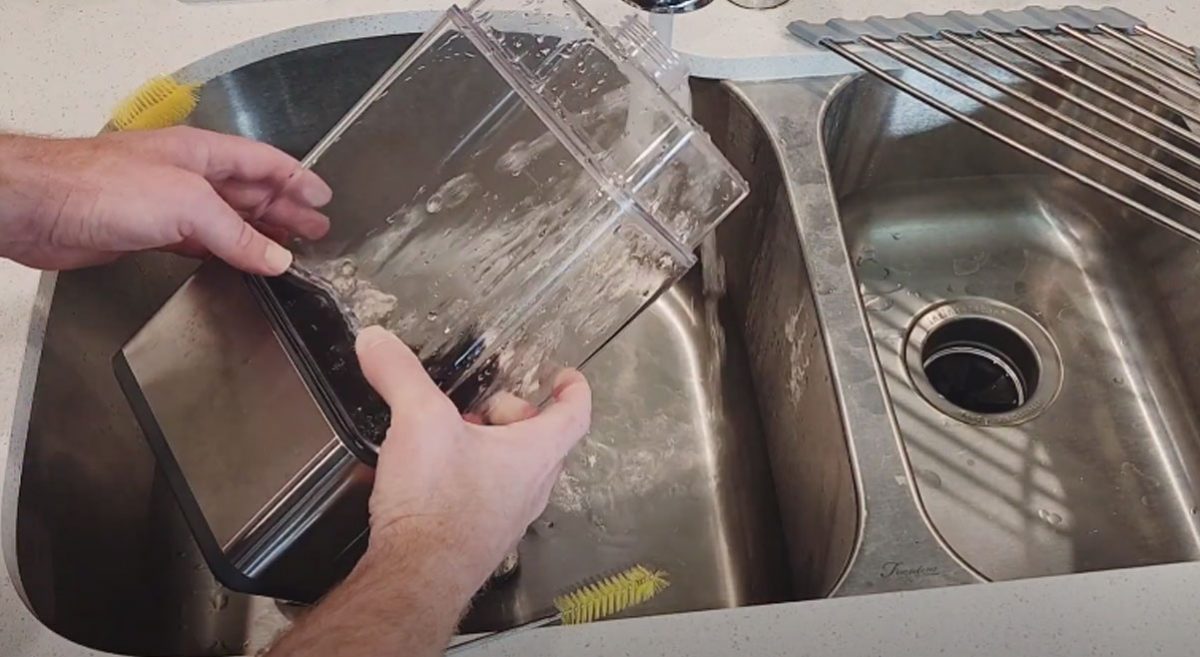
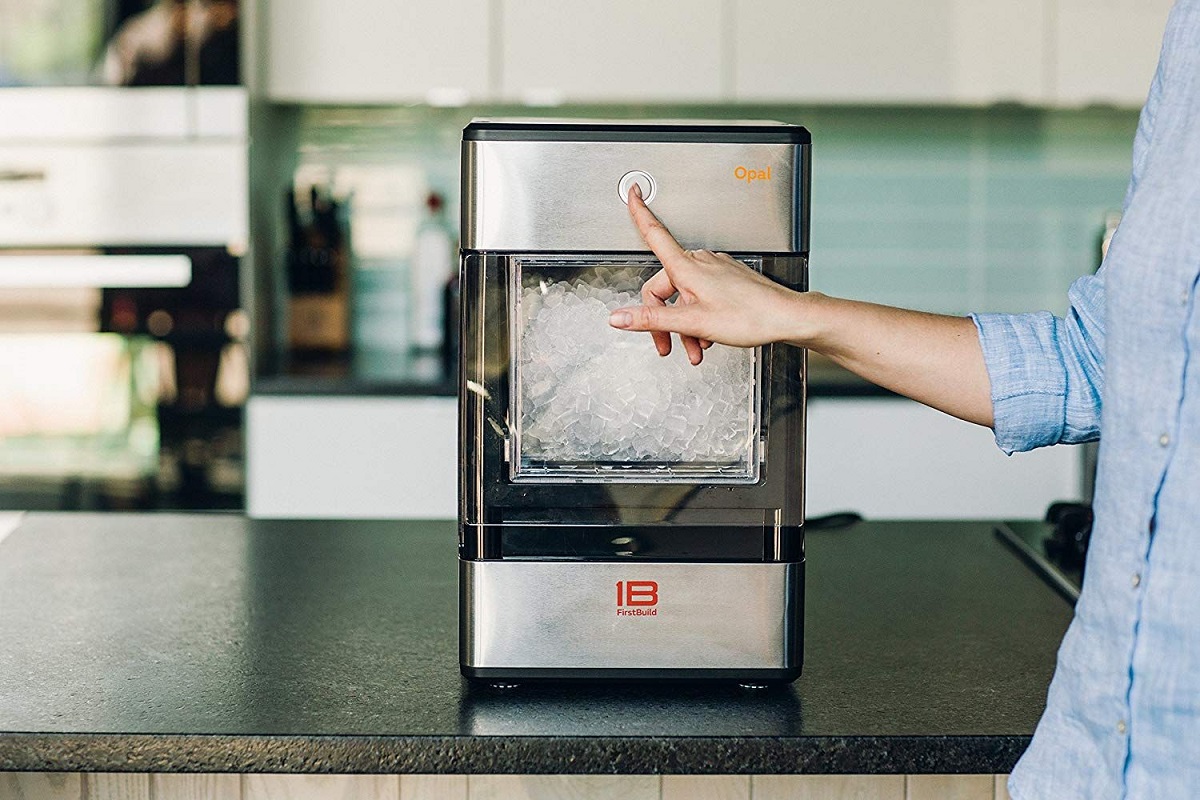
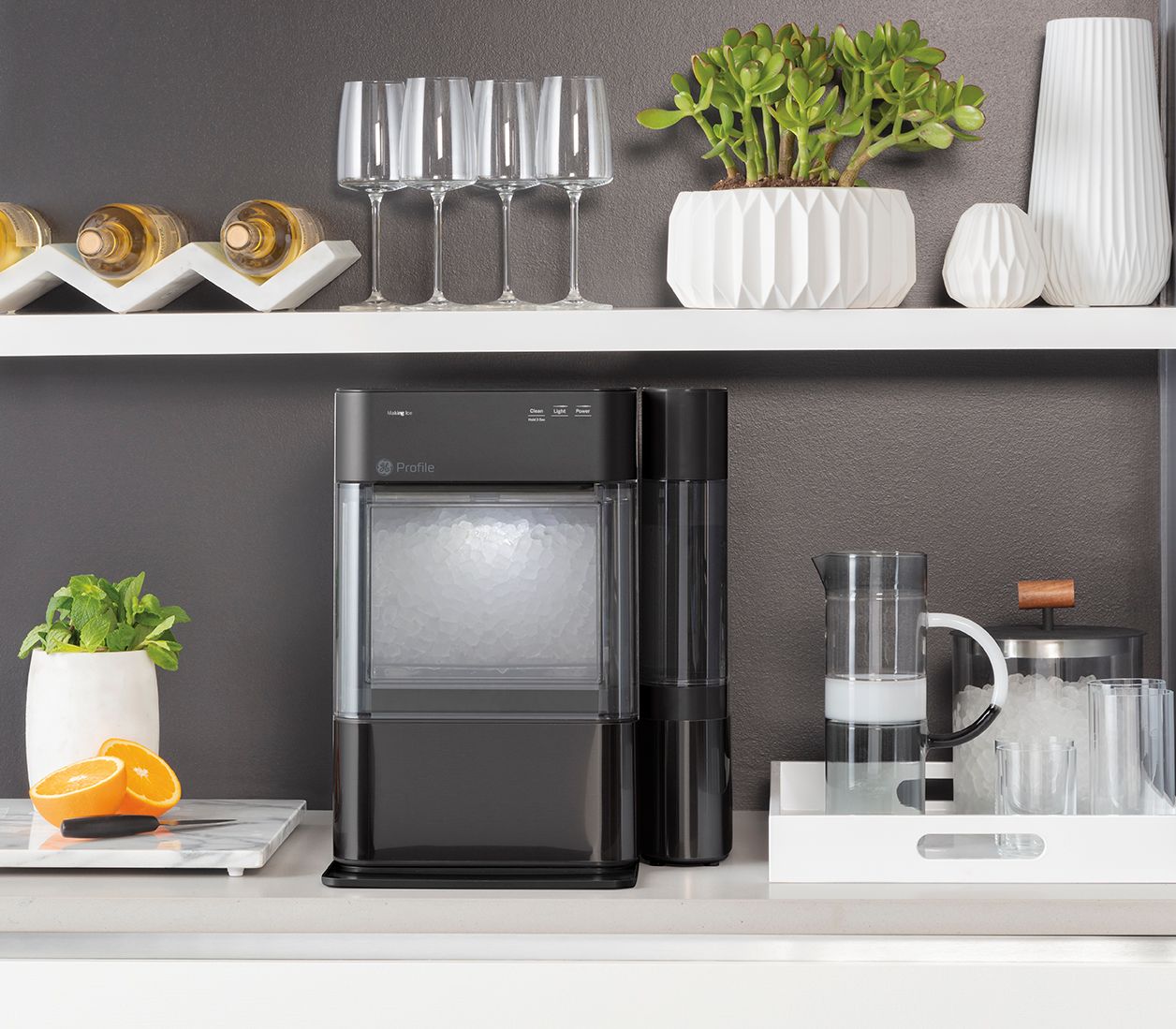
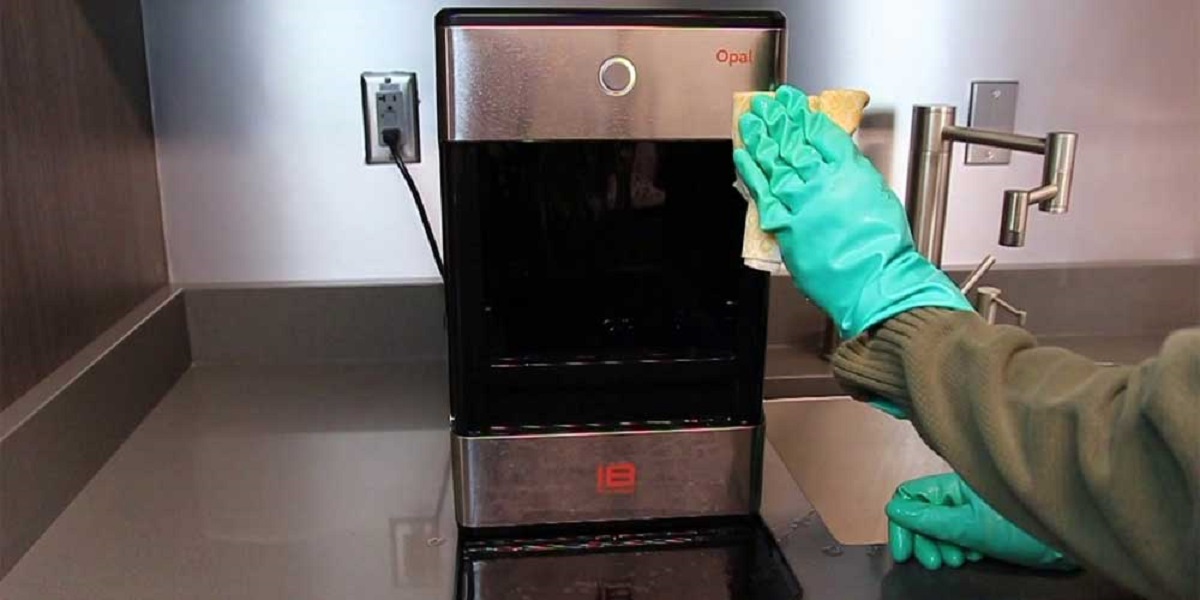
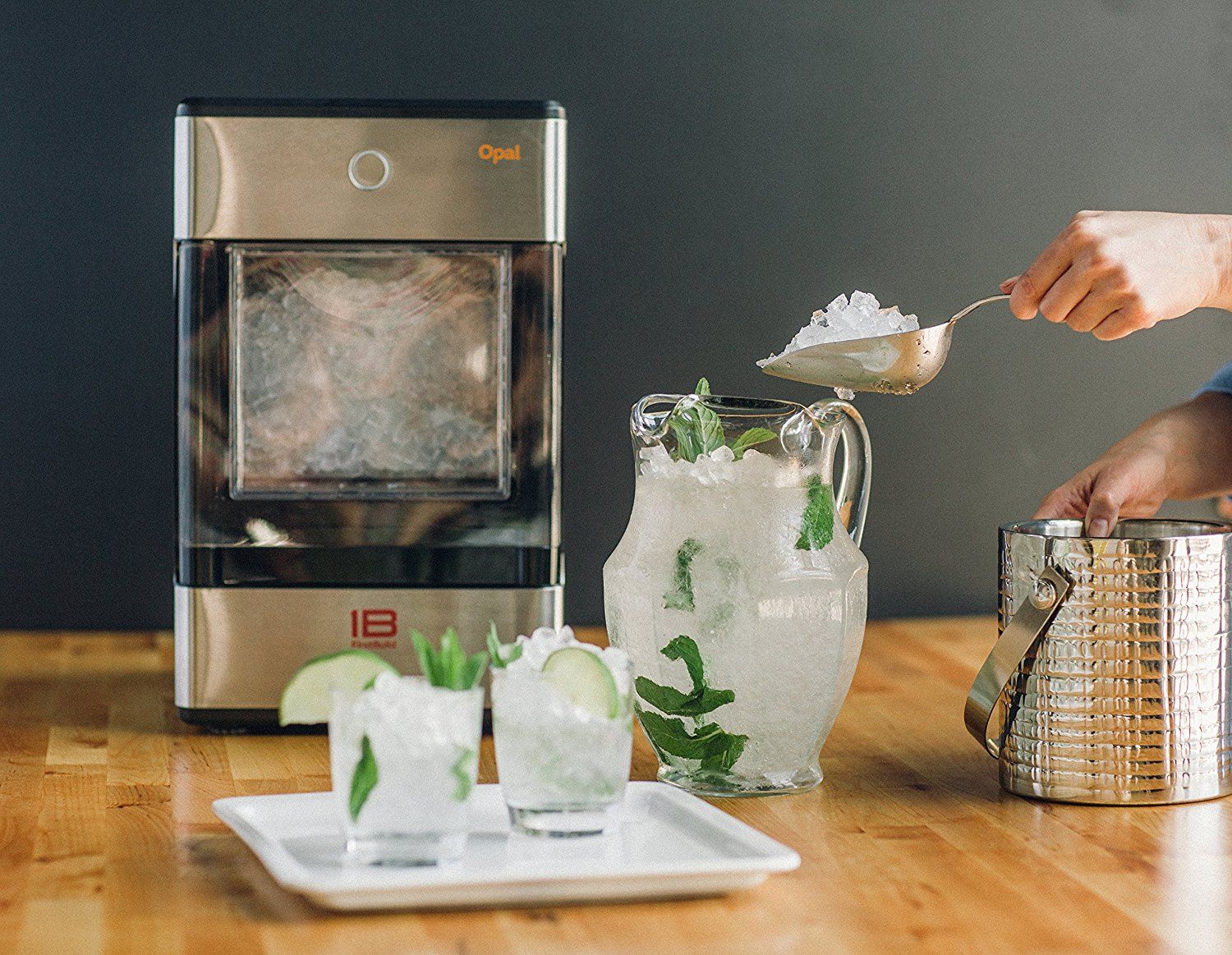
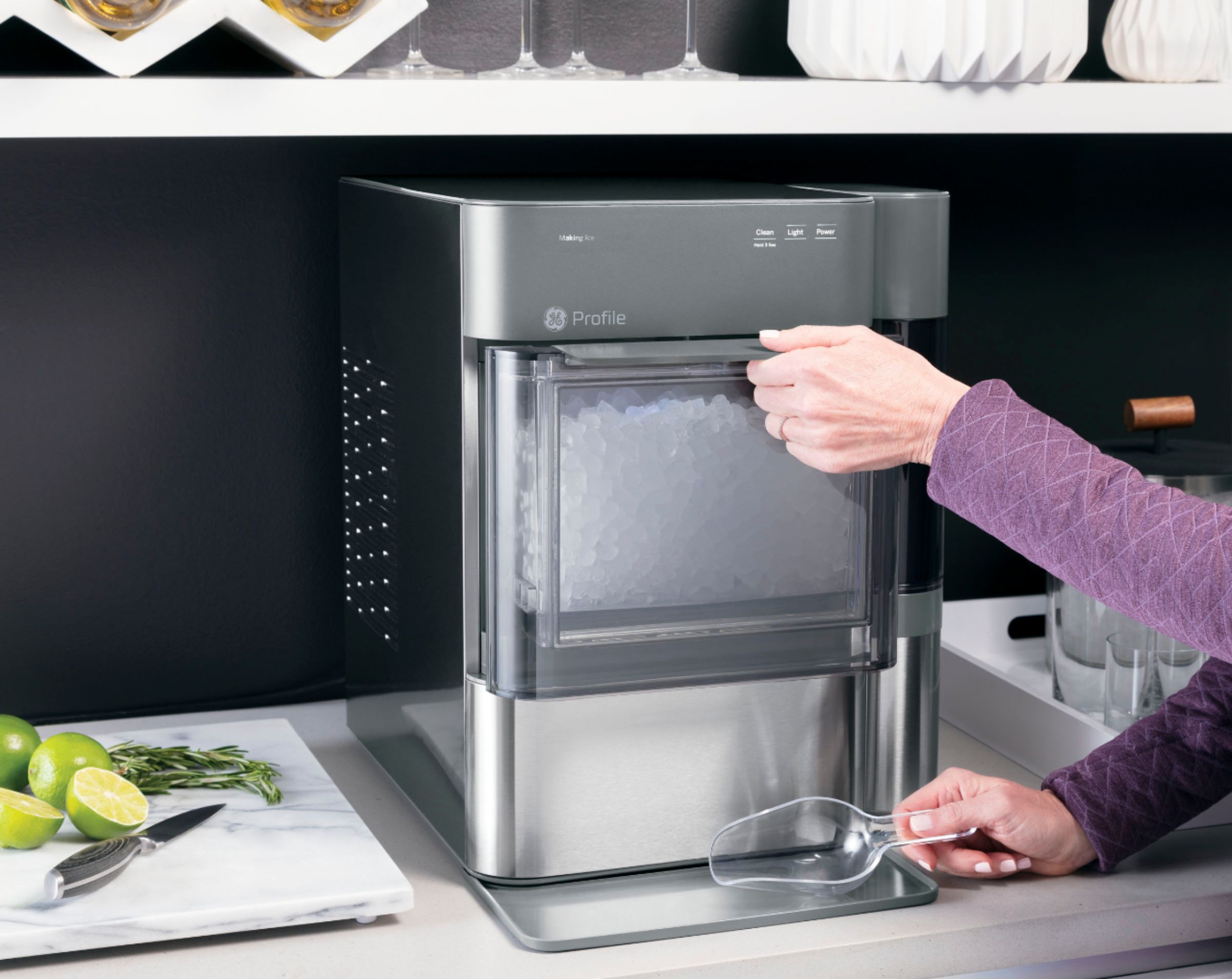
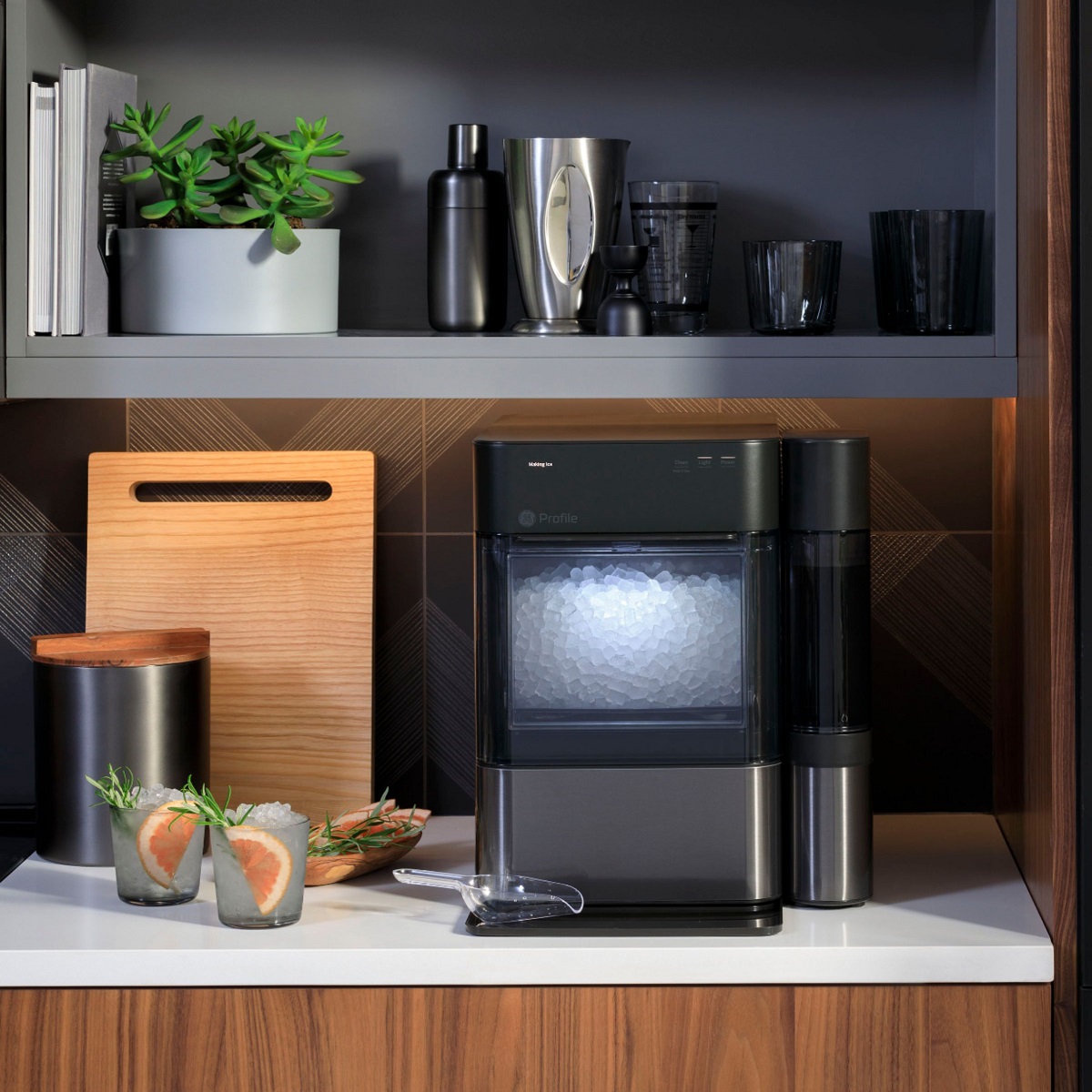
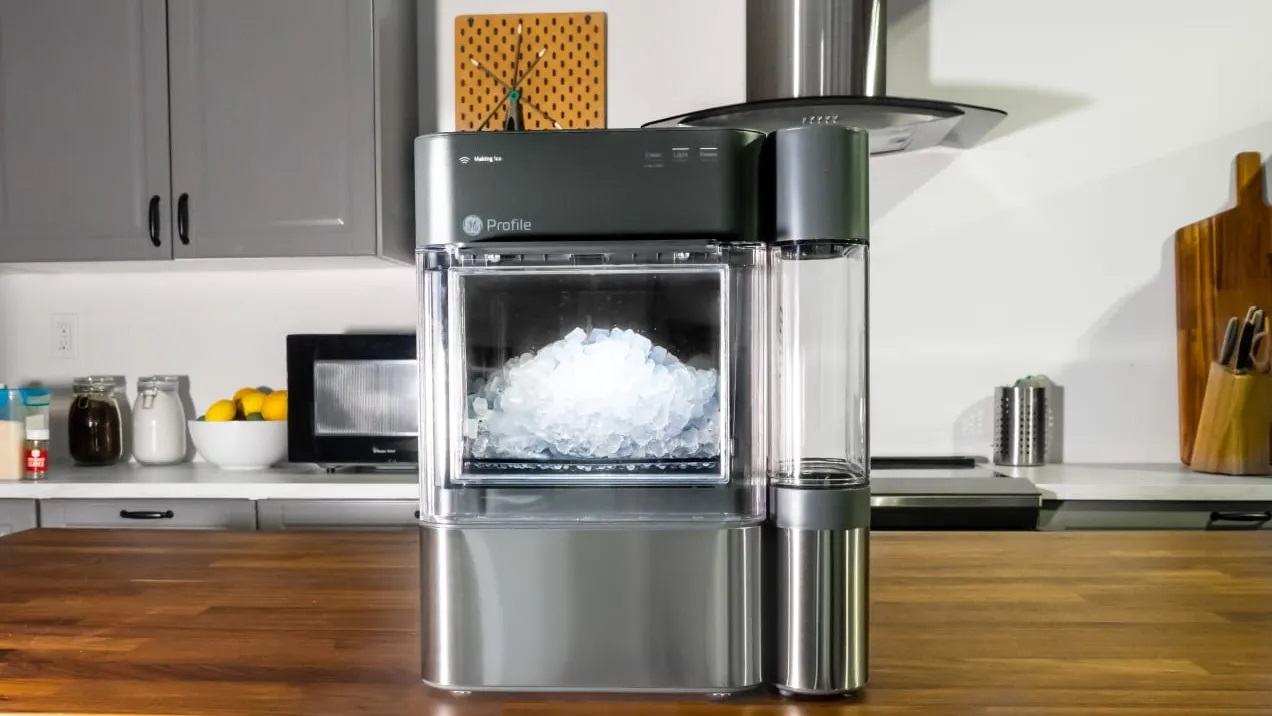
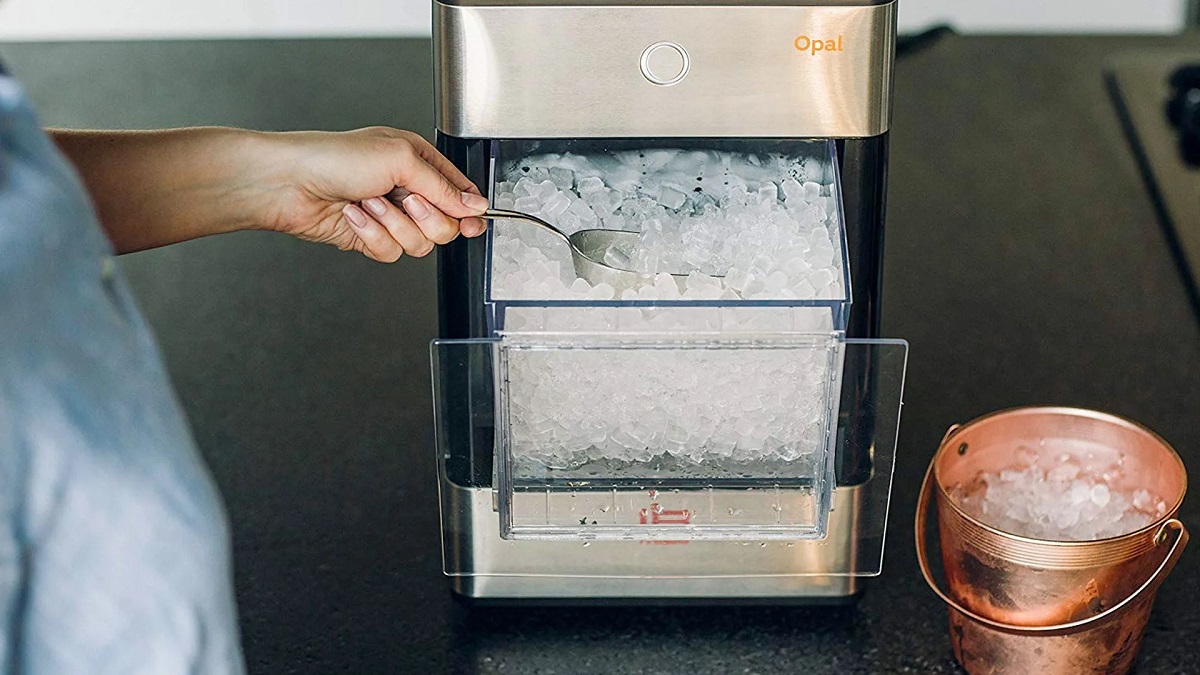
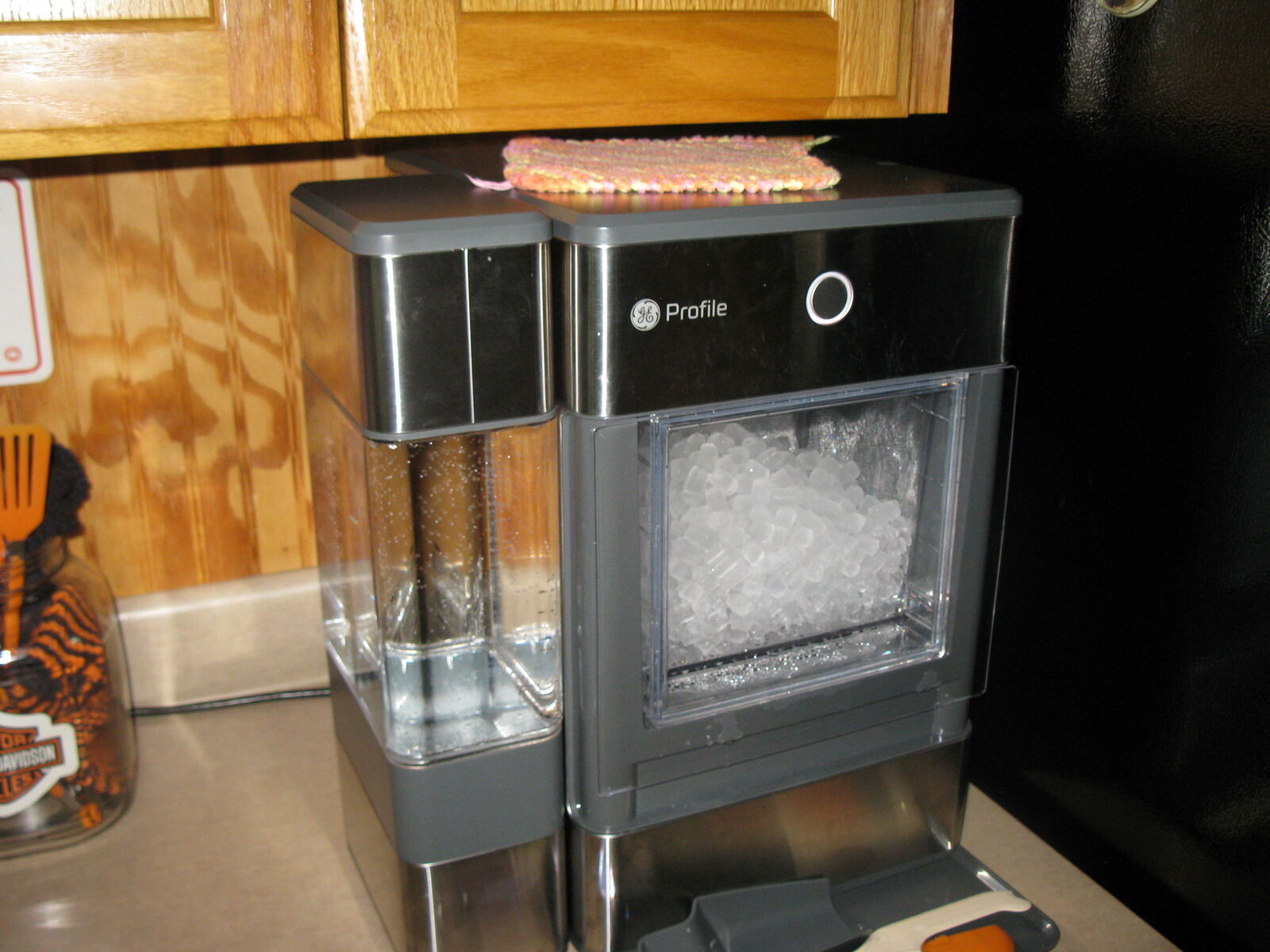


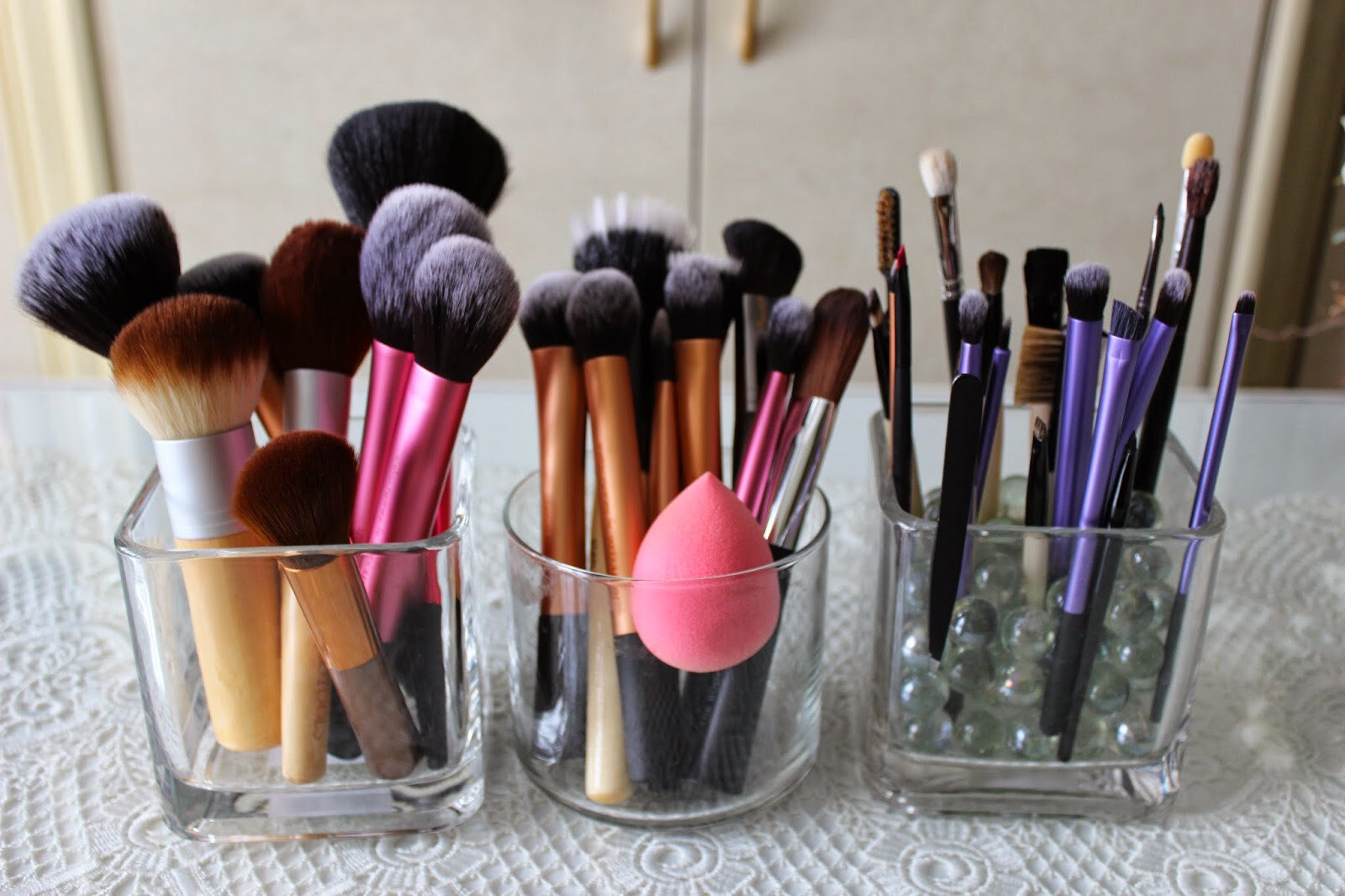

0 thoughts on “How To Store Opal”